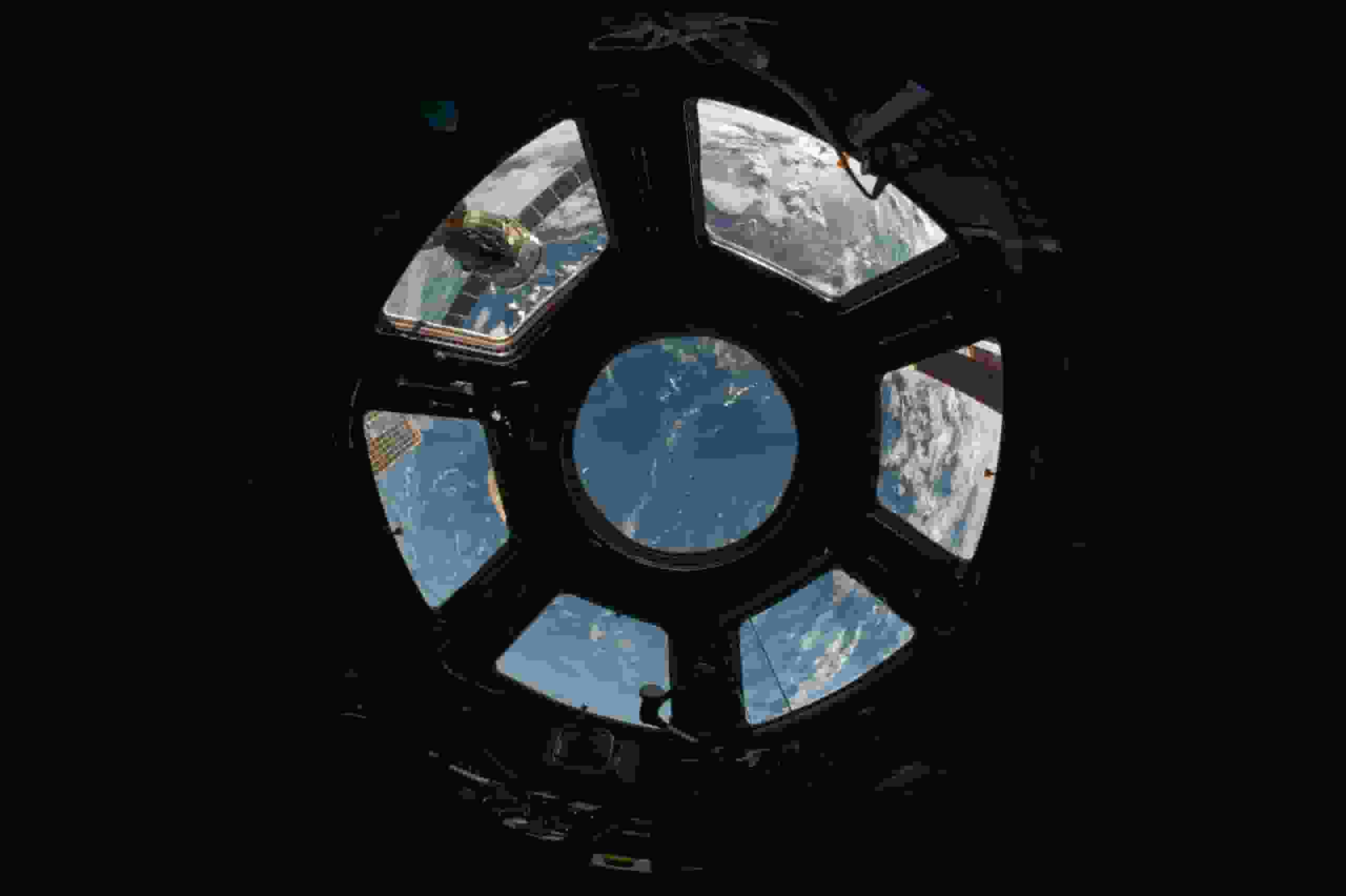
Iwaya Giken, a Japanese startup, has created an airtight two-seat cabin and a balloon that can soar up to a height of 15 miles for a space travel, where it is possible to see the Earth’s curvature clearly.
Soon, even those without billions of dollars or an astronaut certification will be able to view the Pale Blue Dot.
Where This Space Travel Could Bring You?
Iwaya Giken has announced plans to launch commercial space viewing balloon flights in an effort to bring an otherwise prohibitively expensive experience closer to the Earth.
According to company CEO Keisuke Iwaya, passengers do not need to be multibillionaires, undergo rigorous training, or speak a foreign language in order to ride in a rocket.
The company, which is based in the northern Japanese city of Sapporo, says it has been working on the project since 2012 and has created an airtight two-seat cabin as well as a balloon that can soar up to a height of 15 miles, where the Earth’s curvature can be seen clearly.
The balloon only ascends to about the middle of the stratosphere, so passengers won’t be in space, but they will be higher than a jet plane flies and will have a clear view of the universe.
In order to work on the project together when the business is prepared for a business trip, the company partnered with the well-known Japanese travel agency JTB Corp.
Iwaya said he hopes to eventually lower the cost of a flight to a few million yen. A flight would initially cost approximately 24 million yen ($178,000).
After two years of transporting astronauts to the orbiting lab for NASA, SpaceX launched three wealthy businessmen and their astronaut escorts to the International Space Station in April for $55 million (£45 million) each.
According to company officials, the Iwaya Giken vessel will be propelled by helium that can be largely reused, unlike a rocket or a hot air balloon, and flights will safely stay above Japanese territory or airspace.
Read more: During a geomagnetic storm, the sun blasts X2-class solar flare on Earth
Next Wave Of Space Suits

Meanwhile, ISS has been continuously occupied since 2000, and one of its most important life support systems was created in 1978.
This crucial system, which has 18,000 parts and 14 layers, is far past its 15-year service life estimate. Of course, we’re referring to the extravehicular mobility units (EMU) of NASA, which is bureaucratspeak for a spacesuit.
Primary life-support systems (PLSS) are the most complex and expensive part of NASA spacesuits, according to a 2021 report from the Office of Inspector General.
These devices, as their name implies, keep astronauts alive inside their suits by regulating factors such as oxygen and carbon dioxide levels, power, and temperature.
Only four of the original 18 PLSS units are currently aboard the International Space Station (ISS), with the remaining 11 undergoing annual maintenance at a cost of $150 million.
Read more: Quaoar: Dwarf planet with mysterious ring system has been discovered by astronomer

